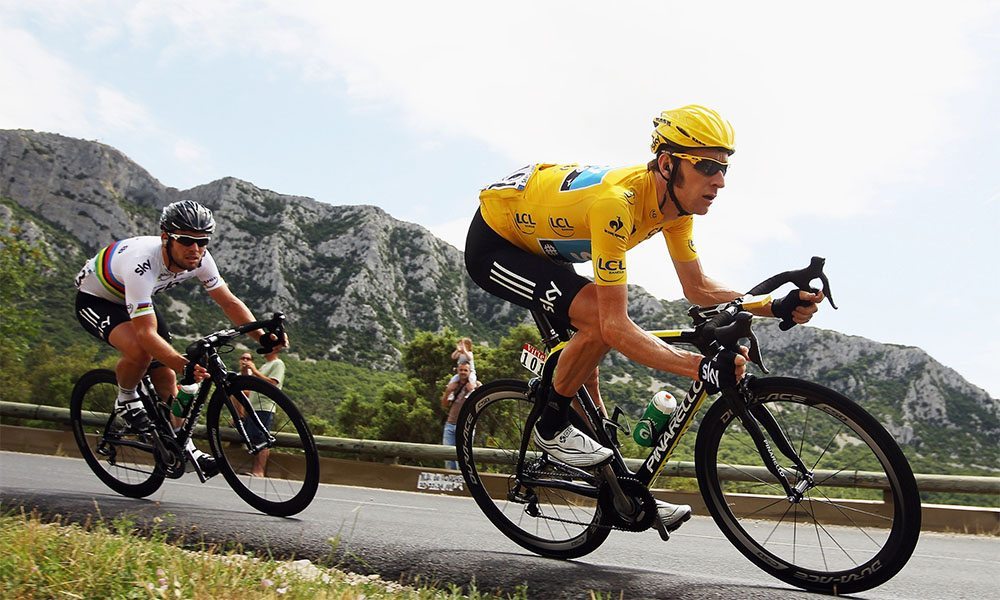Cycling is a physically demanding sport. Over-training can result in injury. We discover how to bring balance into your training to push performance safely.

Bring balance into your cycling training
Cycling is a physically demanding sport. It requires a balance of cardiovascular fitness and strength. Getting out regularly on the bike is fantastic for building fitness, but when you start to take the sport more seriously, over-training can result in the over development of specific muscle groups. If this imbalance is ignored for any length of time, pain and injury can follow. So how do you train for a race season or even to push your own cycling without doing long term damage?
Many cyclists find that they are stronger on one side than the other. Just through riding, imbalances can occur between the right and left sides of the body, between the upper and lower body, and it’s even quite common to develop disproportionately stronger muscle groups, for example, calf muscles versus quadriceps. These imbalances, if not tackled, can impact performance, or worse, result in injury.
Muscle groups that are worked the hardest, through repetition of a movement become the strongest, placing greater stress on weaker groups. For cyclists, this tends to mean strong quadriceps, and the tightening of ligaments around the knees and shortened chest muscles, but less stress on hamstrings, glutes and abdominal muscles.
A typical cyclist has no ass in his trousers, rounded shoulders, pigeon chest, but pronounced thigh. So the by the time the average Joe-biker gets to the physio, there’s years of imbalanced training to counteract.
The more stretched the posture on the bike, the more problematic the consequences. In the worst cases, imbalances can lead to nerve compression and back problems and sometimes severe injuries.
Once ball joints such as the hip joint start to stiffen up, then mobility inevitably suffers. Longer training rides place huge stress on the ligaments of the spine. The lower back, neck and shoulders can be forced into extreme positions during a ride and due to the continual draft, the muscles and connective tissue are never fully warmed up resulting in pain and potential injury.
Ok, I need to bring balance to my cycling training, what do you recommend?
Exercise scientist, Tim Boehme, recommends tackling potential issues before they become problematic. He suggests you mix in a variety of sports with your cycling such as swimming, and running. “You need to introduce complimentary activity to stretch and mobilize the core and upper body muscles. It’s not about adding bulk though, it’s more about maintaining power and stabilising core muscle groups.”
It’s worth getting a professional bike fitting so your riding position isn’t overstretched. Riding with your seat too high can lead more pronounced stretching of the erector spinae muscles and a simultaneous weakening of the abdominal muscles.
If you’re a keen cyclist, the advice is to get your bike fitted properly and introduce a mixture of sports that will compliment your cycling, holistically maintain your fitness and reduce the risk of injury regardless of the season or your race plan.
You may also like…
Col de la Madone – Classic Road Climb
Strength Training for Triathletes
